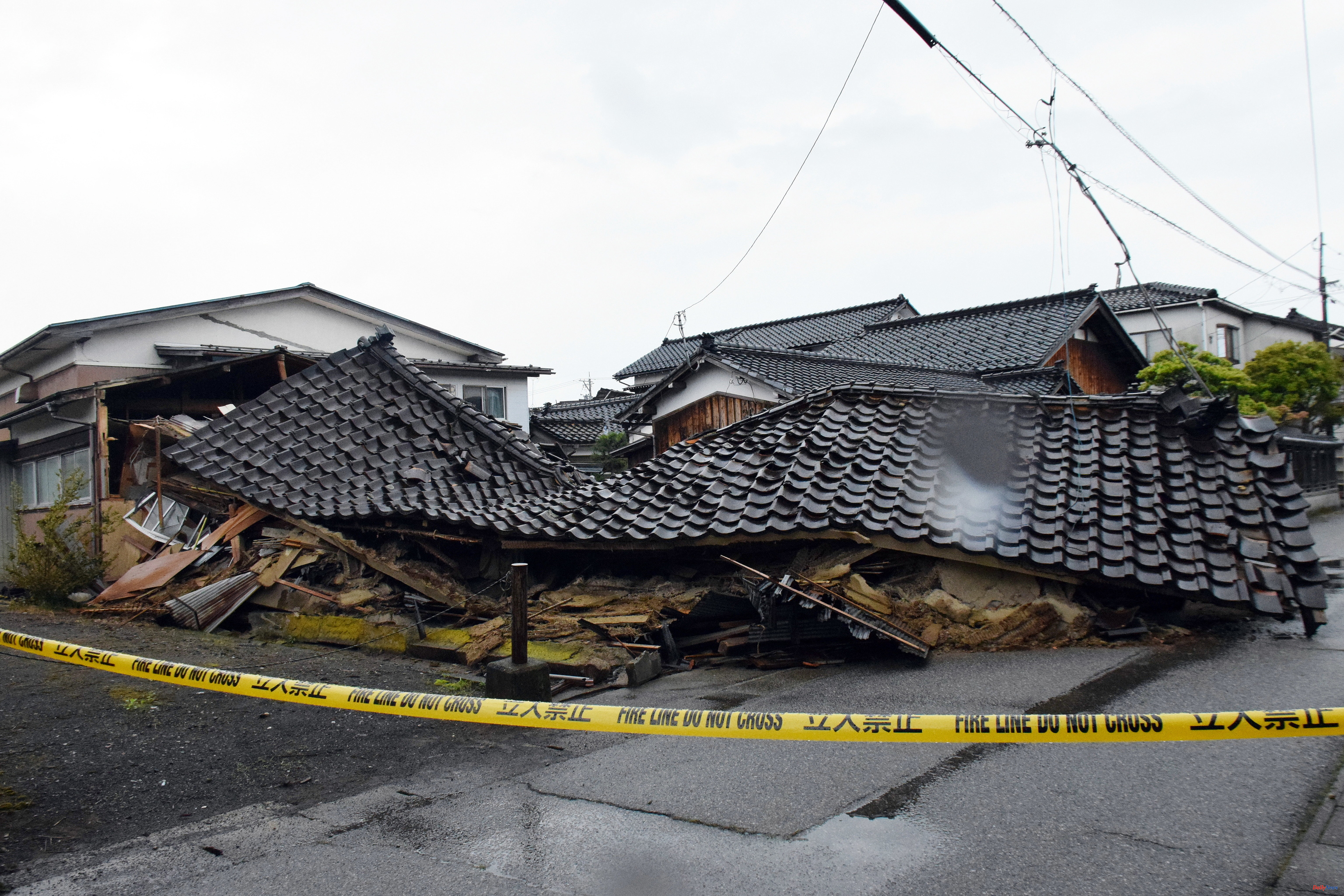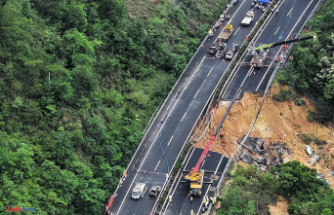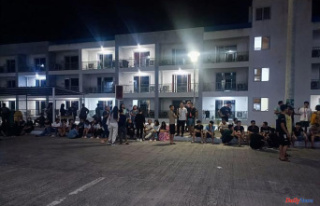A strong earthquake in central Japan, which caused at least one death and 29 injuries, was followed by more than 50 aftershocks, according to authorities that assess the damage caused.
The 6.5-magnitude quake struck at 2:42 p.m. (0542 GMT) in Ishikawa Prefecture, according to the Japan Meteorological Agency (JMA). Initially a magnitude of 6.3 had been estimated.
As of Saturday morning, at least 55 aftershocks had been registered since the initial tremor, according to the same source, which also warned of the risk of landslides in the region due to heavy rains.
"Our staff is evaluating the damage caused by the earthquake," an official from the city of Suzu, in the most affected prefecture, told Afp, some 12 kilometers deep.
Two people trapped in a destroyed building were rescued, he added, and some 50 people were given emergency shelter in schools and the town hall.
On Friday, Japanese government spokesman Hirokazu Matsuno told the media that one person had been killed, adding that several buildings had been reported to have collapsed.
The victim died after falling from a ladder in Suzu, on the Sea of Japan coast, a city crisis management official told Afp.
NHK footage showed destroyed or damaged wooden houses, with broken windows and damaged roofs. A section of a collapsed mountain could also be seen.
Earthquakes are common in Japan, which is located in the so-called "Pacific Ring of Fire", an extensive arc with high seismic and volcanic activity.
However, the archipelago has strict building regulations for buildings to withstand strong shaking and earthquake emergency drills are routinely conducted.
Periodic emergency drills are held to prepare for a major earthquake.
The city of Suzu is located on the Noto peninsula, which in 2007 suffered a magnitude 6.9 earthquake that caused hundreds of injuries and damaged more than 200 buildings.
Japan continues to be haunted by the memory of the magnitude 9.0 earthquake of March 11, 2011, off the northeast coast of Japan.
The terrible tremor caused a tsunami that was the main cause of the high number of victims, almost 18,500 dead and missing.
The ensuing nuclear accident at the flooded Fukushima Daiichi plant, where the cores of three of the six reactors melted, forced the evacuation of tens of thousands of people and left entire towns uninhabitable for several years.
According to the criteria of The Trust Project












